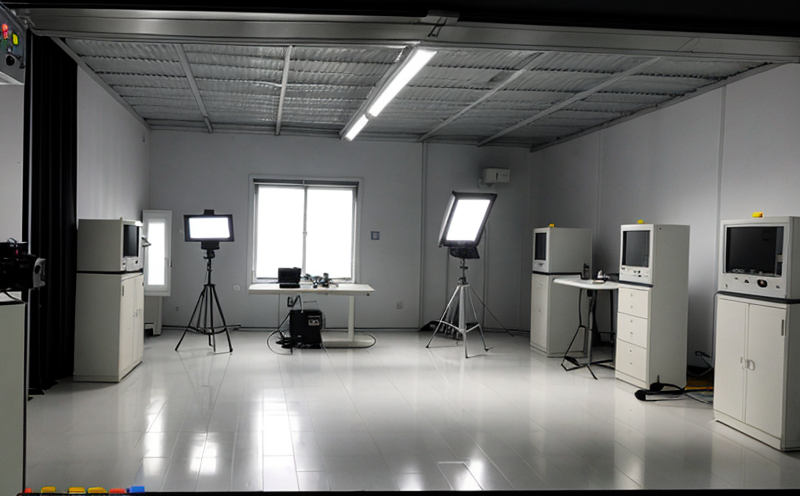IEC 62729 Photometric Testing of Controlgear for Lamps
The IEC 62729 standard is a critical framework for ensuring the reliability and safety of controlgear used in lighting systems. This standard applies specifically to electronic ballasts, capacitors, transformers, and other components that regulate electrical power to lamps. The primary goal of this photometric testing is to ensure that these controlgear devices meet stringent requirements regarding their impact on light output.
The testing process involves measuring the luminous flux, color quality, and efficiency of the lighting system under controlled conditions. This ensures that the controlgear does not alter the intended performance characteristics of the lamps it powers. The standard is widely recognized in the global market for its rigorous approach to safeguarding both product integrity and environmental compliance.
For instance, IEC 62729 addresses the need for accurate photometric testing by specifying detailed procedures for measuring luminaire light output. This includes testing at multiple angles to account for the angular distribution of light emitted by the lamps. The standard also emphasizes the importance of testing under various operating conditions to simulate real-world usage scenarios.
The controlgear tested under IEC 62729 must meet stringent requirements regarding power factor correction and harmonic distortion, ensuring that they do not introduce noise into the electrical supply system. This is particularly important in environments where multiple electronic devices are connected to a single circuit, such as commercial buildings or industrial facilities.
The testing process typically involves setting up the lighting fixture with the controlgear under test and measuring its light output using specialized photometers placed at various distances and angles. The results of these measurements are then compared against the expected values derived from the manufacturer's specifications or industry standards. Any deviations from the expected performance can indicate potential issues that need to be addressed before the product is released into the market.
For quality managers, compliance officers, R&D engineers, and procurement professionals, understanding the intricacies of IEC 62729 photometric testing is essential for ensuring that lighting systems meet both regulatory requirements and customer expectations. By adhering to this standard, manufacturers can demonstrate their commitment to producing high-quality products that are safe, efficient, and environmentally friendly.
| Standard | Description |
|---|---|
| IEC 62729 | Photometric testing of controlgear for lamps |
| ISO/IEC 17025 | Affirmation of competence to carry out specific technical activities requiring the production, measurement, and evaluation of valid results. |
Applied Standards
The application of IEC 62729 photometric testing is pivotal in ensuring the quality and safety of controlgear used in lighting systems. This standard, along with ISO/IEC 17025, provides a robust framework for laboratories to conduct accurate and reliable photometric tests.
| Standard | Description |
|---|---|
| IEC 62729 | Photometric testing of controlgear for lamps |
| ISO/IEC 17025 | Affirmation of competence to carry out specific technical activities requiring the production, measurement, and evaluation of valid results. |
Customer Impact and Satisfaction
- Ensures compliance with international standards, thereby reducing the risk of product recall or non-compliance penalties.
- Improves brand reputation by demonstrating a commitment to quality and safety.
- Makes it easier for customers to trust that their lighting systems meet stringent performance criteria.
Competitive Advantage and Market Impact
- Allows companies to stay ahead of regulatory changes by ensuring early compliance with the latest standards.
- Enhances market competitiveness by offering products that are proven safe, efficient, and environmentally friendly.
- Facilitates easier entry into international markets where IEC 62729 compliance is required for product acceptance.





